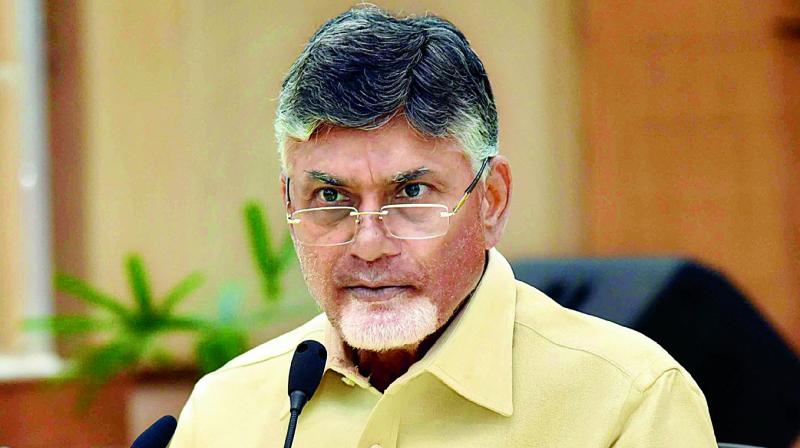Anantapur: Borewells dry up as groundwater levels go down
Severe shortage of drinking water and for irrigation in Anantapur district.

Anantapur: Deep depletion of groundwater sources has adversely affected more than 75,000 borewells which dried up in the current summer and kharif season in Anantapur district alone.
Shockingly, groundwater table depleted to five more metres when compared to that in 2018 as water was available at an average of 25.38 metres depth as against 19.47 metres in April 2018. Havoc situation was witnessed in several mandals that have been facing serious drinking water crisis. Groundwater Department noticed that water-levels had gone down to 58 metres depth in Gummagatta mandal, followed by Agali, Yadiki, Lepakshi and Gandlapenta mandals which had water at 50 metres depth.
Even as Krishna water got diverted to few parts of Lepakshi mandal two months ago, groundwater levels did not improve. Water level depleted to 40-50 metres depth in Amarapuram, OD Cheruvu, Roddam, and Hindupur mandals.
“Water has to be received even from a depth of 1,000 ft to save the crops,” Rajappa, a farmer from Agali mandal lamented and added that betel nut orchards were facing survival problem due to lack of water. The orchards are treated as crops for 100 years which continued to produce good returns when provided with adequate water.
Amarapuram and Gudibanda mandals are famous for betel nuts and have been facing acute depletion of groundwater sources. Rangappa, a farmer, drilled at least five borewells to save five acres of betel nut orchards.
Groundwater Department’s deputy director Purushotham Reddy observed that the situation was worse than in 2018 where groundwater was available at 19.47 metres but the situation turned alarming as water-level went down to 25.38 metres.
Only those mandals and villages closer to PABR, HNSS reservoirs and main canals have sufficient groundwater and water table is available at less than 10 metres depth.
Average water table was recorded at a depth of 10.22 metres in January 2011 and fluctuated to 12.70 metres by April 2011. Situation was also worse in 2017 when average water-level was available at a depth of 25.94 metres.
CPI district secretary M.R. Jagadish stressed the need to fill all irrigation tanks and minor tanks with Krishna water through Handri Neeva Sujala Shravanthi project. “Instead of filling all tanks even at first phase, Chief Minister N. Chandrababu Naidu tried to divert Krishna water to his own segment Kuppam in Chittoor district. Neither irrigation tanks under Phase-I nor Phase-II were totally filled to irrigate dry lands of Anantapur district that got hit by century-long drought,” he observed.
The experiment of rain guns by the state government reportedly failed to yield minimum results to save existing crops and orchards from scorching Sun as the mercury-levels were touching 440Celsius during the present season. Official sources said that a group of farmers applied to save orchards through rain guns a few days ago.

